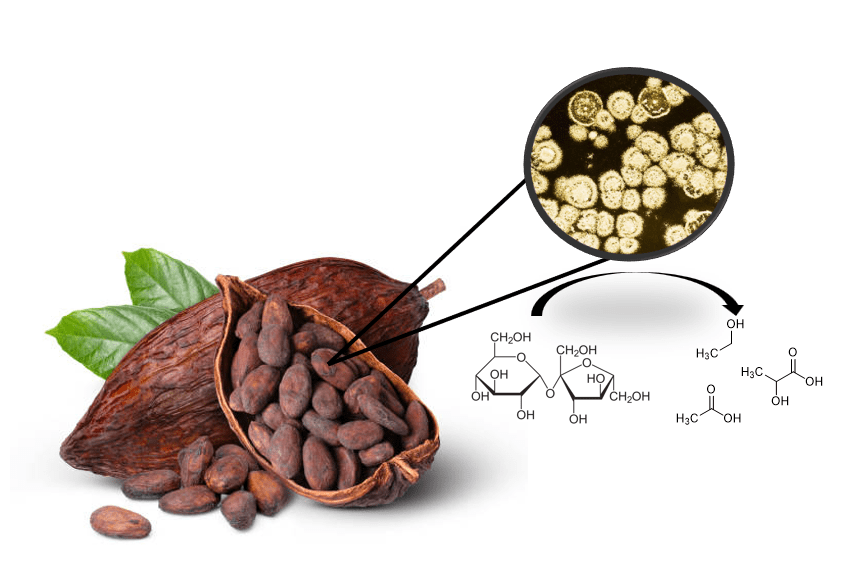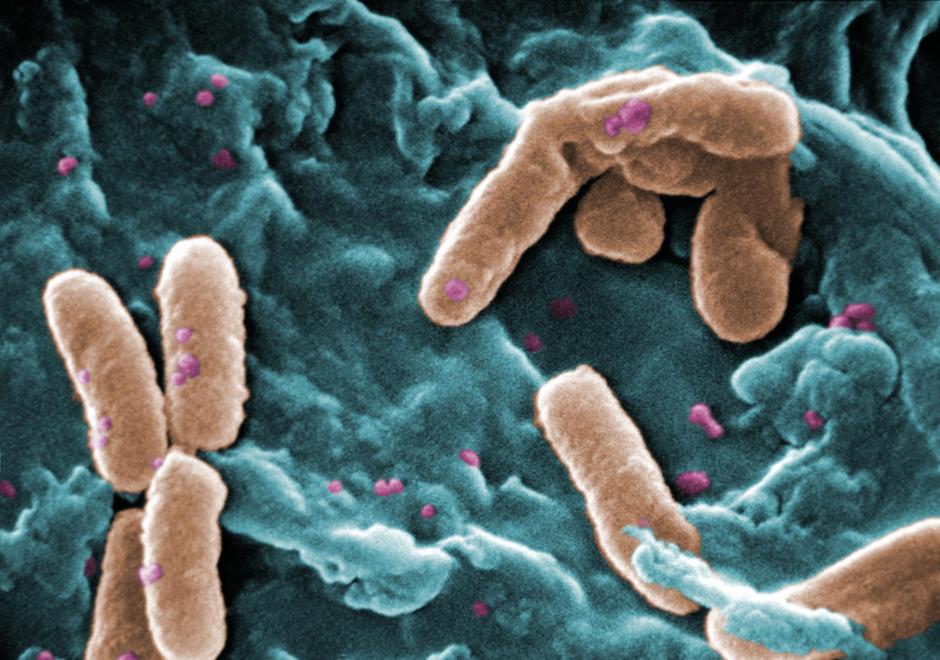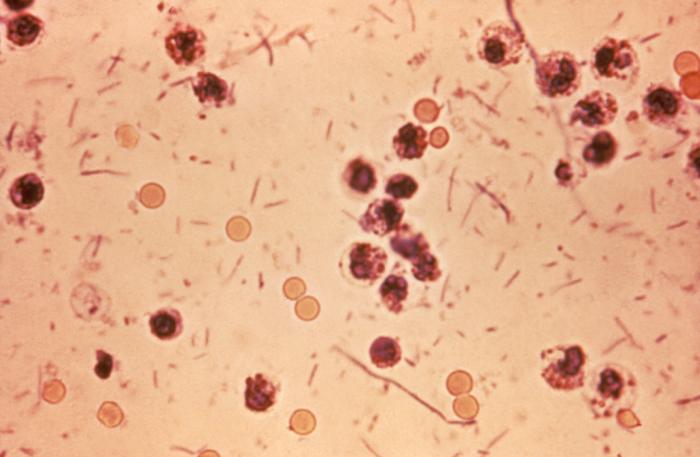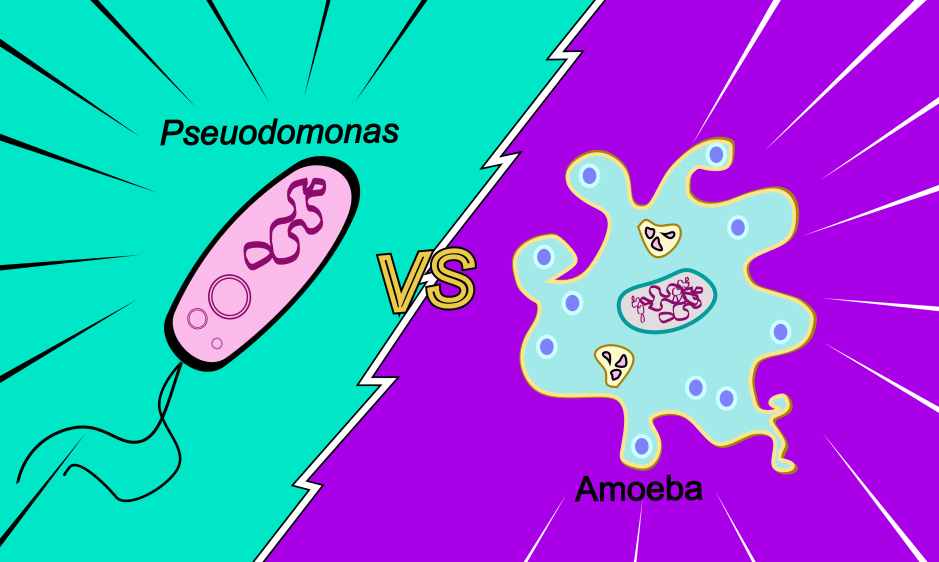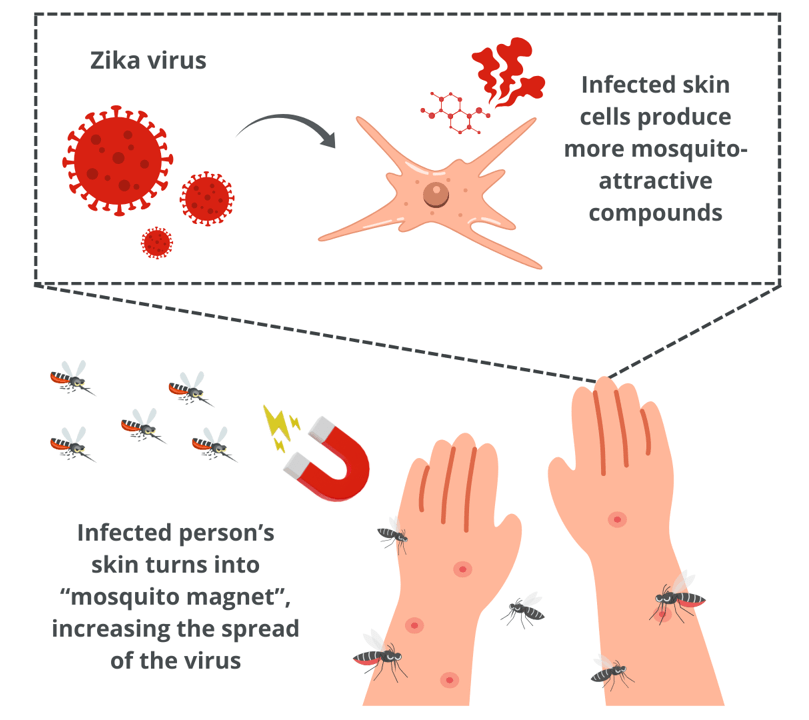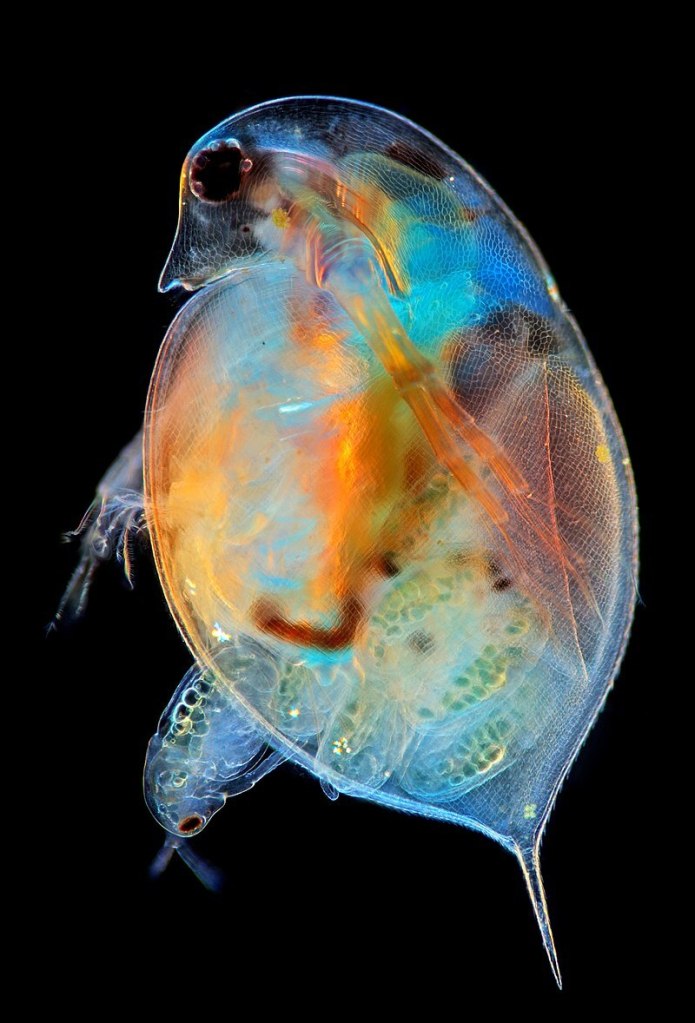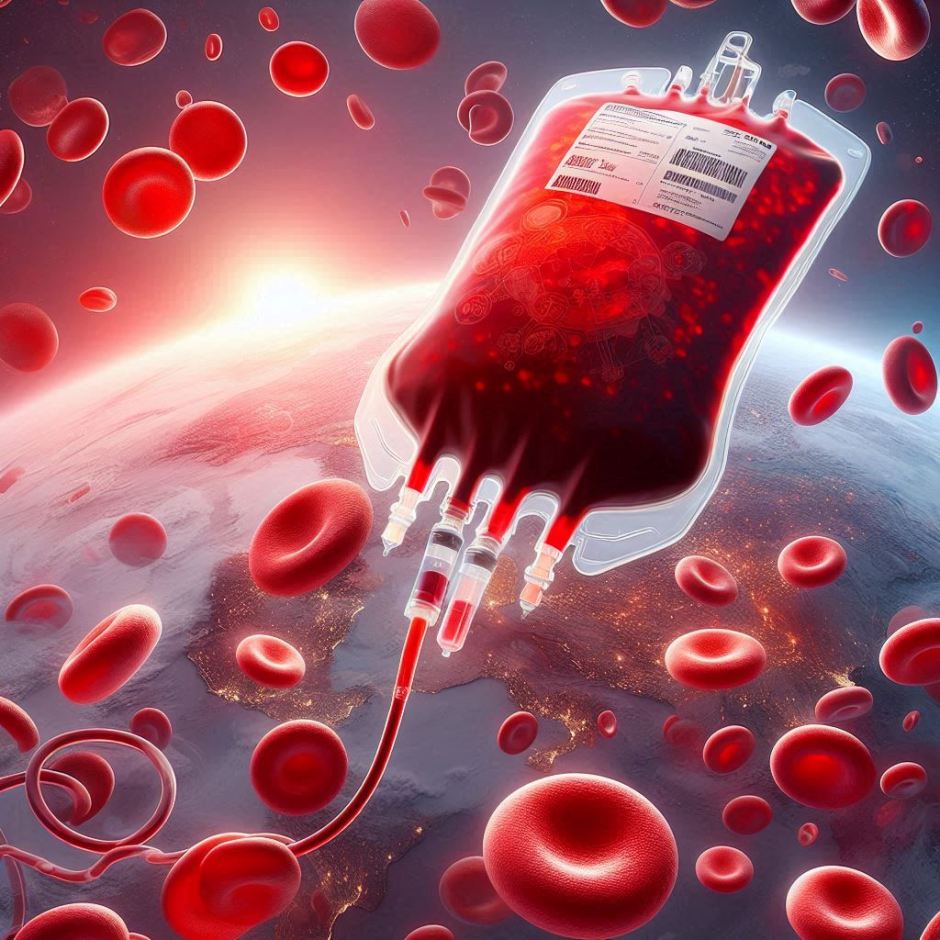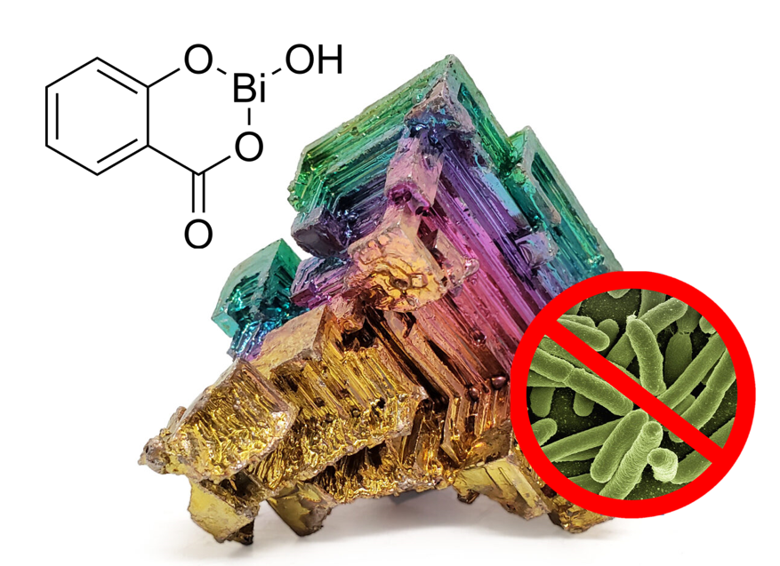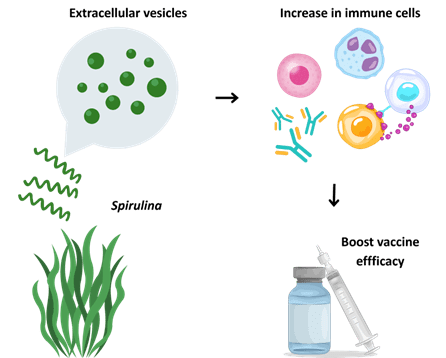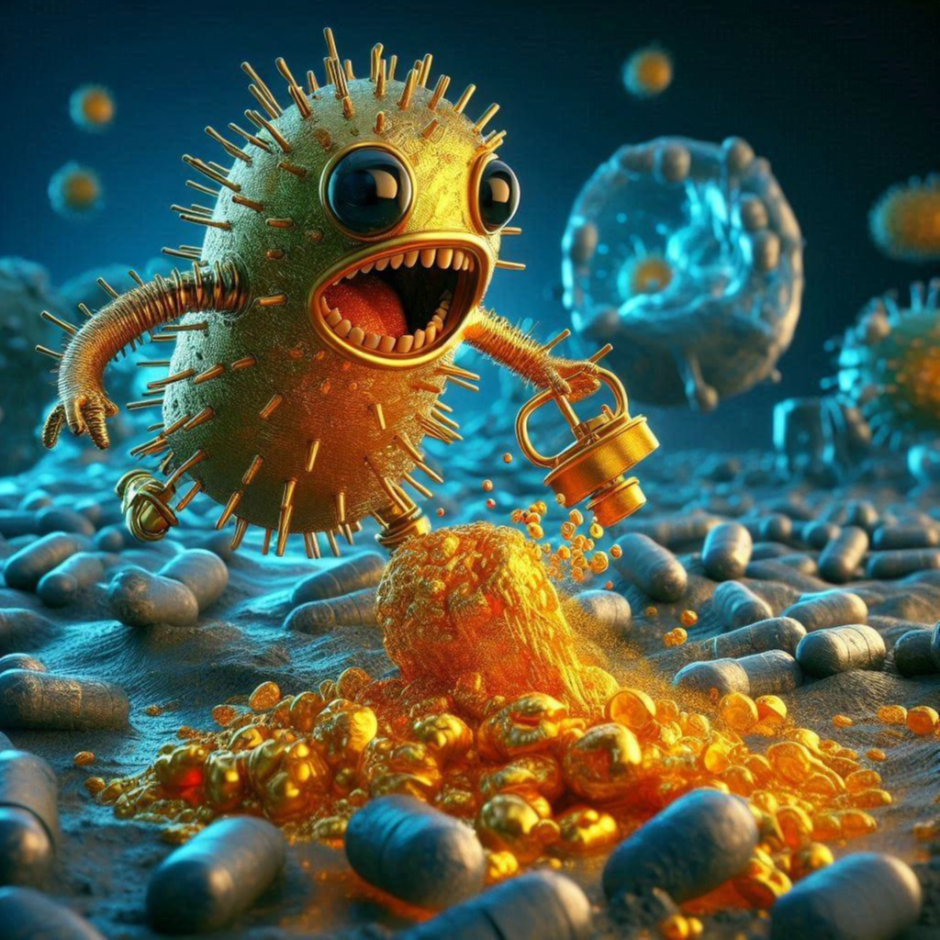
Breaking down the microbiology world one bite at a time
Microscopic Warfare: T6SS in our Oceans
Written by
stephaniesmithn
In salty lakes and oceans, a microscopic battle rages between the brine shrimp Artemia salina and a bacterium named Vibrio proteolyticus. At the heart of this conflict is a toxin-filled bacterial weapon known as the type VI secretion system (T6SS). This weapon acts like a molecular syringe to inject toxins directly into target cells.
Vibrio proteolyticus uses its T6SS to deliver a deadly cocktail of toxins into the brine shrimp, leading to their eventual death. Interestingly, this weapon has not always been a part of Vibrio proteolyticus’ arsenal. Vibrios acquired T6SS from viruses through a process called horizontal gene transfer, which allows bacteria to gain new abilities and functions quickly. This process is essential in understanding how new pathogenic strains of bacteria emerge and can cause disease.
This study highlighted that while T6SS is traditionally seen as a tool for bacteria to compete with each other, it’s also lethal against more complex eukaryotic organisms such as brine shrimp. As Vibrios expand their territory with rising sea temperatures, the T6SS and its toxins could play a role in the emergence of new harmful bacterial strains. The genetic diversity and adaptability of bacterial populations increases through the exchange of T6SS, which can lead to the emergence of strains with enhanced pathogenicity.
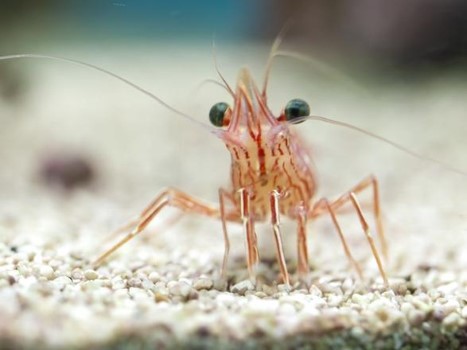
Experimentally, scientists demonstrated this by comparing the survival of brine shrimp larvae exposed to the standard, T6SS-armed Vibrio proteolyticus with those exposed to a mutant strain lacking T6SS. The result was striking – more shrimp succumbed to Vibrio proteolyticus which was fully armed with its T6SS. The study also identified three specific toxins responsible for this lethal impact, although their exact roles and targets within the shrimp remain to be discovered.
Understanding the mechanics of T6SS is crucial, not just for academic curiosity but for its potential impact on marine life and the health of our oceans. As our seas warm, we may see more of these bacterial interactions, with unknown consequences for the delicate balance of marine ecosystems.
As we continue to uncover the secrets of marine bacteria, we gain the power to foresee and mitigate potential effects that they may have on humans and our environment. This study is a reminder of the complex interactions hidden in every drop of seawater and the importance of understanding them for the health of our planet.
Main Takeaways:
- The type VI secretion system (T6SS) is a potent weapon used by Vibrio proteolyticus, acting like a molecular syringe to deliver toxins that can be lethal to organisms like brine shrimp.
- The ability of Vibrio proteolyticus to use T6SS is the result of horizontal gene transfer, a process that underscores the rapid evolution and emergence of new pathogenic bacterial strains, which could be exacerbated by climate change.
- Understanding the operation and impact of T6SS on marine life is vital, as rising sea temperatures could lead to increased bacterial virulence, influencing the health and balance of marine ecosystems and, by extension, human health.
Link to the original post: A Vibrio T6SS-Mediated Lethality in an Aquatic Animal Model. Hadar Cohen, Chaya M. Fridman, Motti Gerlic, Dor Salomon. Microbiology spectrum, 2023
Featured image: made using ChatGPT






